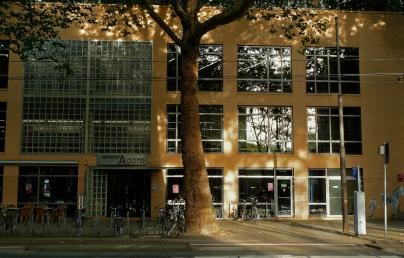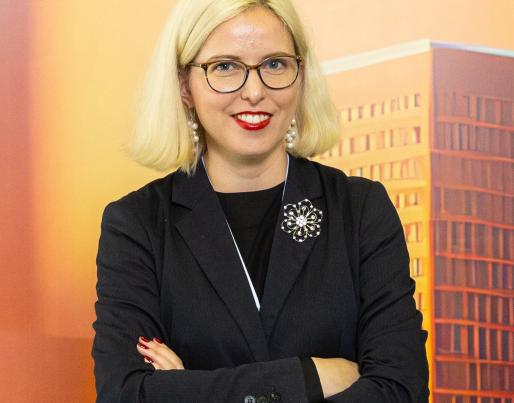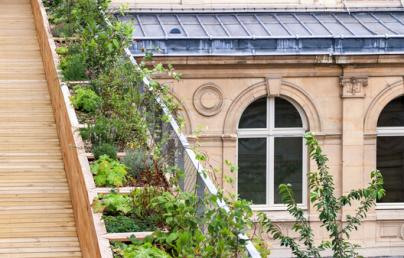
Co-design: ensuring an integrated and inclusive approach to renovation

Co-design: ensuring an integrated and inclusive approach to renovation
Achieving safe, energy-efficient buildings across Europe requires more than just technical upgrades—it demands a people centered approach.
In this interview, Victoria Taranu, policy officer at BPIE and partner in the Horizon 2020 e-SAFE project promoting integrated renovation addressing both energy performance and seismic strengthening, shares her insights in co-design and its potential to improve both seismic safety and energy efficiency in renovations.
e-SAFE: What challenges come with co-design in renovations, and how can they be solved?
Victoria Taranu (VT): A thorough co-design approach means the early and ongoing involvement of residents, to establish a relationship of trust. The local community must be able to follow the impacts of their involvement, therefore it should not be a one-off activity. This might delay the renovation process, making it more costly.
Another barrier is lack of social sciences and humanities experts within construction companies, municipalities, developers, social housing associations, or other entities leading the renovation works. Finally, lack of expertise needed for structural analysis/and energy advice within one-stop shops and different funding streams hinder a holistic approach to renovations.
e-SAFE: How does co-design improve both seismic safety and energy efficiency in renovations?
VT: Co-design can involve residents and a wide range of experts in various fields, such as architects, urban planners, engineers, social scientists, biologists, energy auditors, etc., with the goal of adjusting the available solutions to the local context. In seismic-prone areas, renovations can tackle both energy efficiency and structural issues of buildings.
e-SAFE: Can you share a successful example of co-design from the e-SAFE project?
VT: One of the pilot buildings of the project is Sport Banatul Highschool (Liceul Sportiv Banatul) in Timisoara, Romania. Researchers from the University of Catania involved students (with ages between 6-19 years) and teachers in the co-design process of the renovation.
They were able to simulate with 3D physical models various applications of the prefabricated e-SAFE solutions, which tackle both energy and seismic aspects. The students and teachers could also have a word to say in the design aspects. This user-centric approach is one of the principles of the New European Bauhaus.
e-SAFE: How would integrating seismic safety into the EPBD transposition change building renovations in Europe?
VT: The EPBD recast includes a more holistic approach to renovations. The notions of seismic safety and risks related to intense seismic activity are included in the context of major renovations, training needs, information provisions and national building renovation plans (NBRPs). It is an important approach, because light measures tackling separately structural issues and energy performance would not provide the right depth, pace and scale of renovations to achieve the climate objectives. To achieve the 2050 goals of a decarbonised buildings stock, we need deep and holistic renovations. What financial or policy incentives can support co-designed, integrated renovations?
e-SAFE: What financial or policy incentives can support co-designed, integrated renovations?
VT: Currently, different policies and funding streams are available for energy renovations and seismic resilience. Subsidies and green loans should be tailored to encourage packages of measures towards deep and holistic renovations. A holistic approach, including co-design can deliver many societal objectives besides energy efficiency, for example accessibility of buildings, seismic resilience, nature-based solutions for climate adaptation, etc. However, these additional co-benefits must be recognised by the financial sector for enabling cheaper finance for these ambitious sustainable projects. Commonly recognised methods for social and governance aspects of ESG compliance are needed to encourage cheaper finance for renovations, which include co-design strategies.
e-SAFE: What’s the first step towards policy that will help building owners to prioritise both energy efficiency and seismic safety?
VT: The first step would be providing the necessary technical and financial assistance to homeowners within one-stop shops. Member States should provide targeted subsidies to cover the cost of seismic certification and renovation passports, especially for vulnerable households. Energy and structural surveys should be offered as integrated services within one-stop shops.
Ensuring an Integrated and Inclusive Approach to Renovation
English (835.95 KB - PDF)
